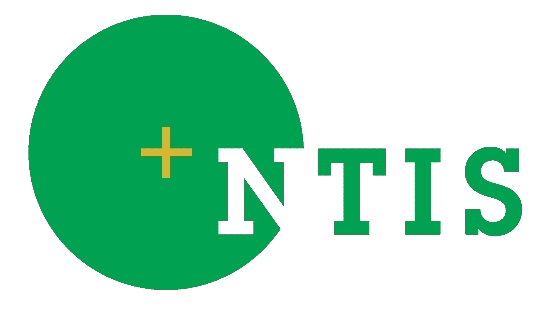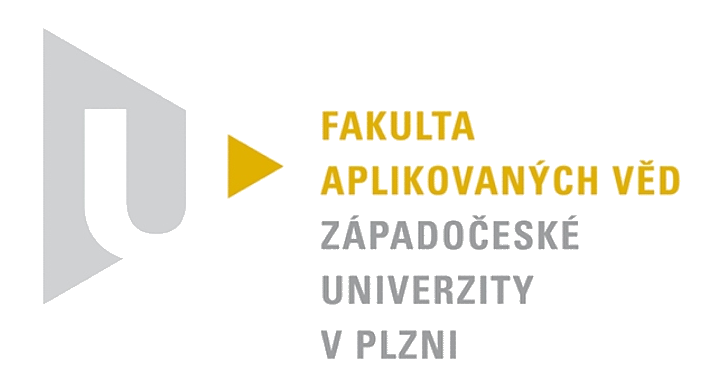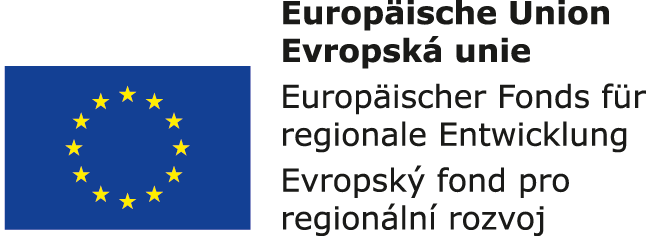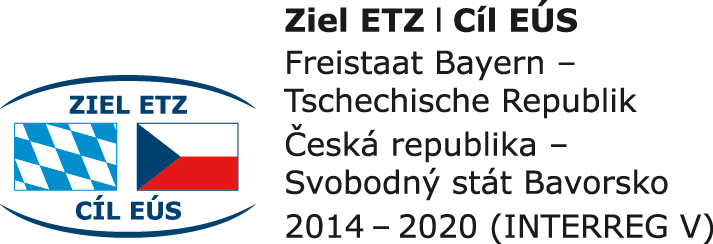
Framework for Automatic Generation of Graphical Layout Compatible with Multiple Platforms
Most data management systems include a database in the backend to store data and the associated metadata and a web-based user interface to access and modify the data/metadata. User interfaces are specifically tailored for representing a unique database structure and cannot be easily reused for other database structure. Furthermore the generated web-based layouts are often not compatible for other platform such as desktop applications or mobile devices. We are proposing here a general framework for designing a graphical layout compatible with different platforms including mobile devices and independent of the database structure. This framework is based on a model-driven approach using annotations of database entities that will be used to create desired layouts. A use case study is presented on a database designed for neuroscience experiments.







